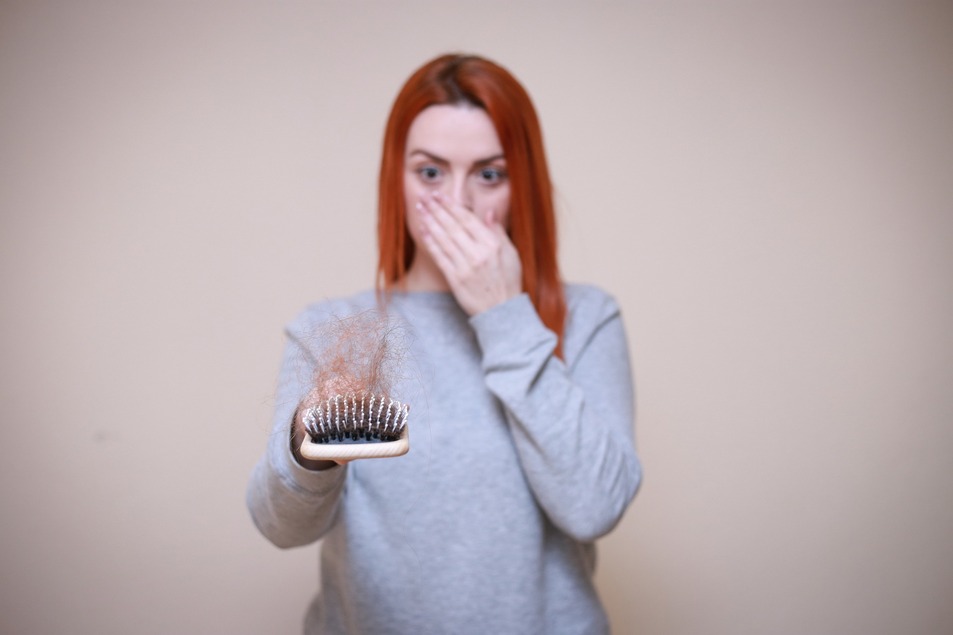Straight or wavy hair requires different care than curly hair. Curly hair is more prone to premature breakage since it is more picky, making it difficult to grow out to greater lengths. Even curly hair can grow long with proper care. Continue reading to find out how.
Table of Contents
Reduce your Washing
You should not wash your hair every day. Daily washing depletes hair of its natural oils, and because curly hair is prone to dryness, daily washing can result in drier hair that is more prone to breakage. Instead, wash your clothes every other day or a few times per week. The tighter your curls, the less frequently you may need to wash your hair. You can use a dry shampoo in between washes if you need to wash your hair more frequently. Don’t “wash, rinse, and repeat”—while this style advice may work for people with straighter hair, it’s useless for those with curly hair. When you wash your hair, only wash it once, but make sure it’s a thorough wash that removes all dirt and oil.
If necessary, you can wash your hair with conditioner in between washes (this is known as “co-washing”). That way, you won’t be damaging your hair with sulfates, which are commonly included in shampoos. Keep in mind that while co-washing is excellent for keeping the moisture, it only provides a light cleanse. Also, Read: Food for Hair Growth: Tips for Indian Hair
Section your Hair and Wash and Condition it.
Curly hair can be dense and unruly, making it difficult to reach all portions of your hair at times. If you have thick or curly hair, divide it into 4-8 sections and wash and condition it one portion at a time. The size of each segment should be determined by the density of your hair; the denser your hair, the smaller each piece should be. Consider using a shampoo designed specifically for curly hair; it may be more hydrating and will remove less of your hair’s natural oil.
During Each Wash, Use a Thick, Deep Conditioner.
If your ends are very dry, you may find it beneficial to condition them between washes. You should also think about applying additional moisturizing/protective products after or between shampooing. There are a variety of oils and serums available to help “seal” your hair cuticle and protect it from harm. Apply the conditioner to the bottom of your hair. Unless your hair is extremely dry at your scalp, you shouldn’t need to apply conditioner more than halfway up the length of your hair.
Make Use of a Wide-Toothed Comb.
Drag a fine-toothed comb or brush through your hair—it will only cause pain, damage, and unnecessary breaking. Instead, untangle your hair with a wide-toothed comb (like a pick) before styling. You can also detangle your hair with your fingers and then finish with a wide-toothed comb. Brushing your hair should be avoided in general, but especially when it is wet and thus more vulnerable to harm. Also, Read: Effective Ways to Promote Hair Growth and Prevent Hair Loss
Press, Not Rub, to Remove Moisture.
When drying your hair, don’t rub the towel against your head; instead, softly squeeze your hair with the towel. The friction caused by wiping a towel against your hair will cause damage and breakage. You can also try drying your hair with a cotton t-shirt or a microfiber cloth instead of a towel. Both are often softer and less abrasive than towels, making them easier on hair.
Avoid Styling with Heat.
Blow drying, curling, and straightening are all examples of styling. Excessive heat alters the protein structure of hair, causing it to become more limp and less resilient over time (and hence more prone to breakage). If you must use heat, use a heat protectant product first to reduce the possibility of heat damage. Although avoiding the blow dryer is preferable, it is not always possible. If you must blow dry your hair, use a diffuser and a low setting on the dryer. You might also use a curl-styling product before drying.



